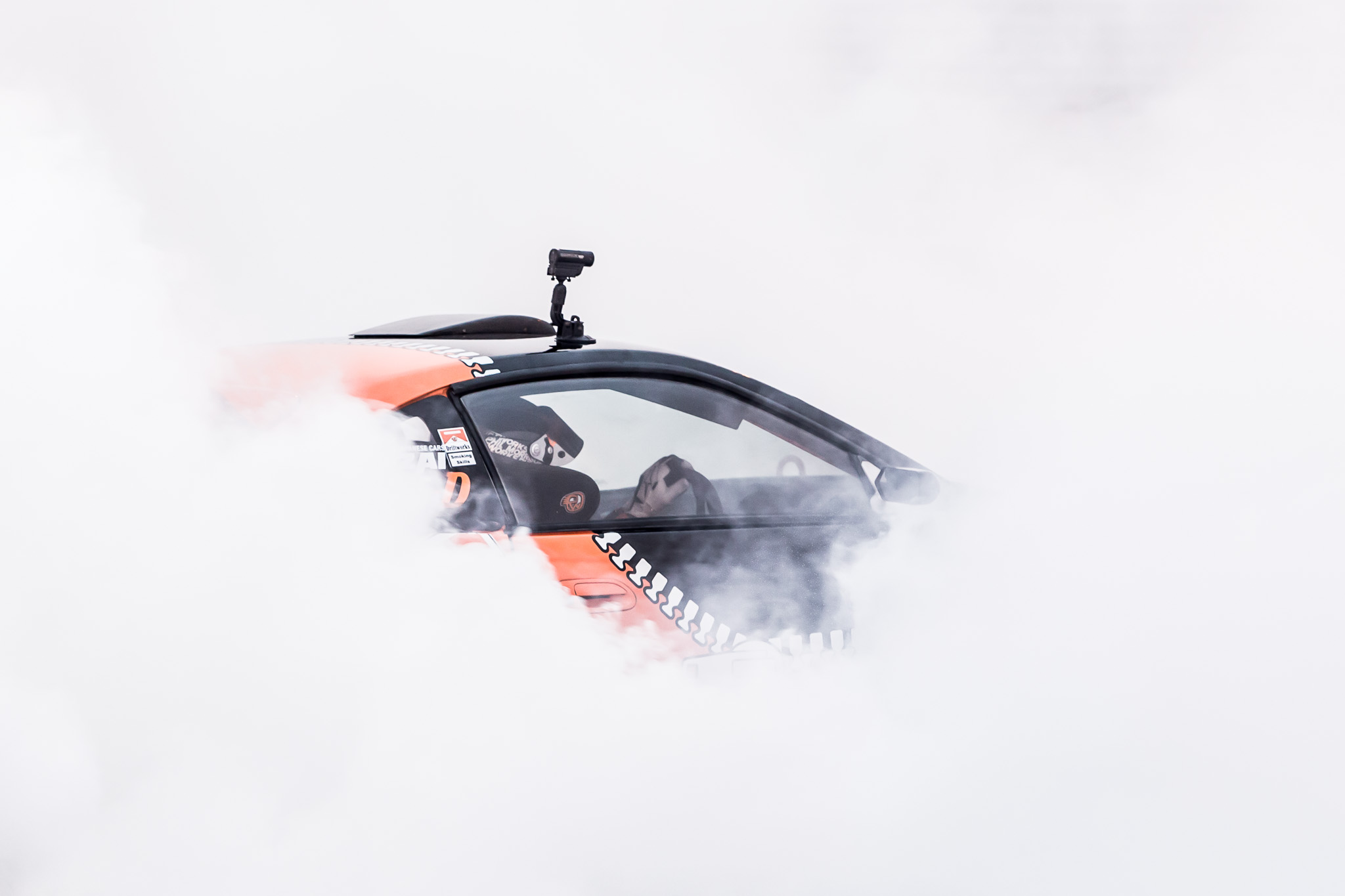If you don’t want to miss that epic shot that’s about to happen right in front of you need to be quick, and to be quick, you need to know you camera better than it’s own mother. When you become truly comfortable with your camera you can adjust settings without looking, like knock it into Av mode and stop down to f2.8 all before you’ve brought it to your eye to compose the shot.

Once you’ve got that muscle memory developed you can start customising your camera to suit the way you work and for me, the biggest single change is to turn on back button focusing.
Out of the box, all DLSRs will be set up to use a half press of the shutter button to focus and meter and a full press to take the shot. It’s one finger, it’s easy and it’s established. Back button focus is trickier. It’s two button, not at intuitive and you’ll miss focus a lot when you first start using it.
So why bother? Here’s why.
With focus on the back button I can leave the camera in AI Servo mode (i.e tracking focus instead of one shot) so I am ready for anything. If I need to shoot something moving, I just hold down the back button with my thumb and fire away with my trigger finger. If it’s a static subject, I tap the back button to get focus the release it, recompose and shoot. The best of both worlds. If I had AI Servo focusing on the shutter button I wouldn’t be able to focus and recompose.
Higher end SLRs wil have a dedicated AF-ON button on the back, but pretty much any SLR will let program up the AE-Lock button to focus. Check you manual for how and give it a try.
And persevere… it can take a bit of getting used to.
Here are a few examples taken at the opening round of the Drift Allstars European Series using this method. In some cases I switched between shooting fast moving cars in shutter priority to shooting the drivers shaking hands in a second or two. The only change I had to make was putting the camera into aperture priority. Back button focusing saved me having to waste precious seconds changing focus mode.

0 Comments